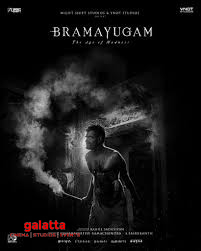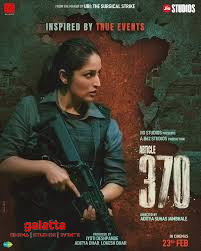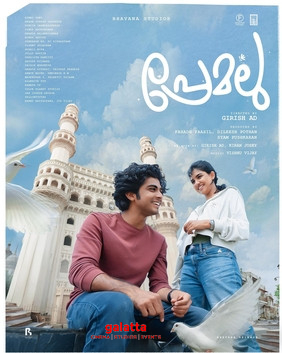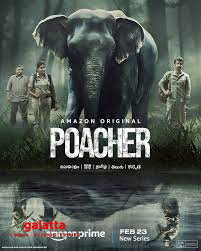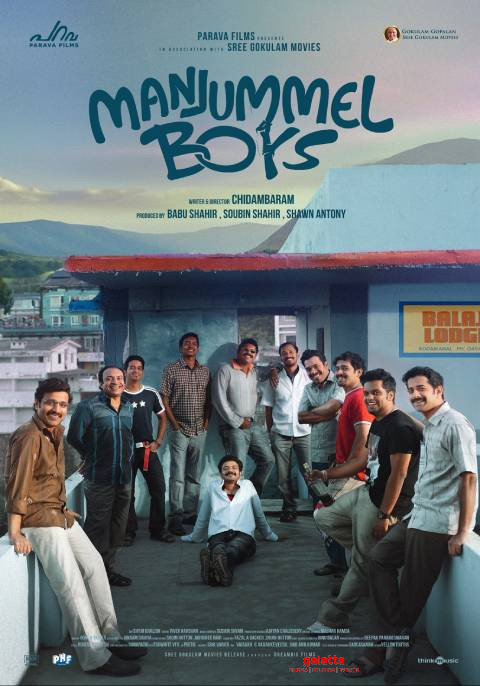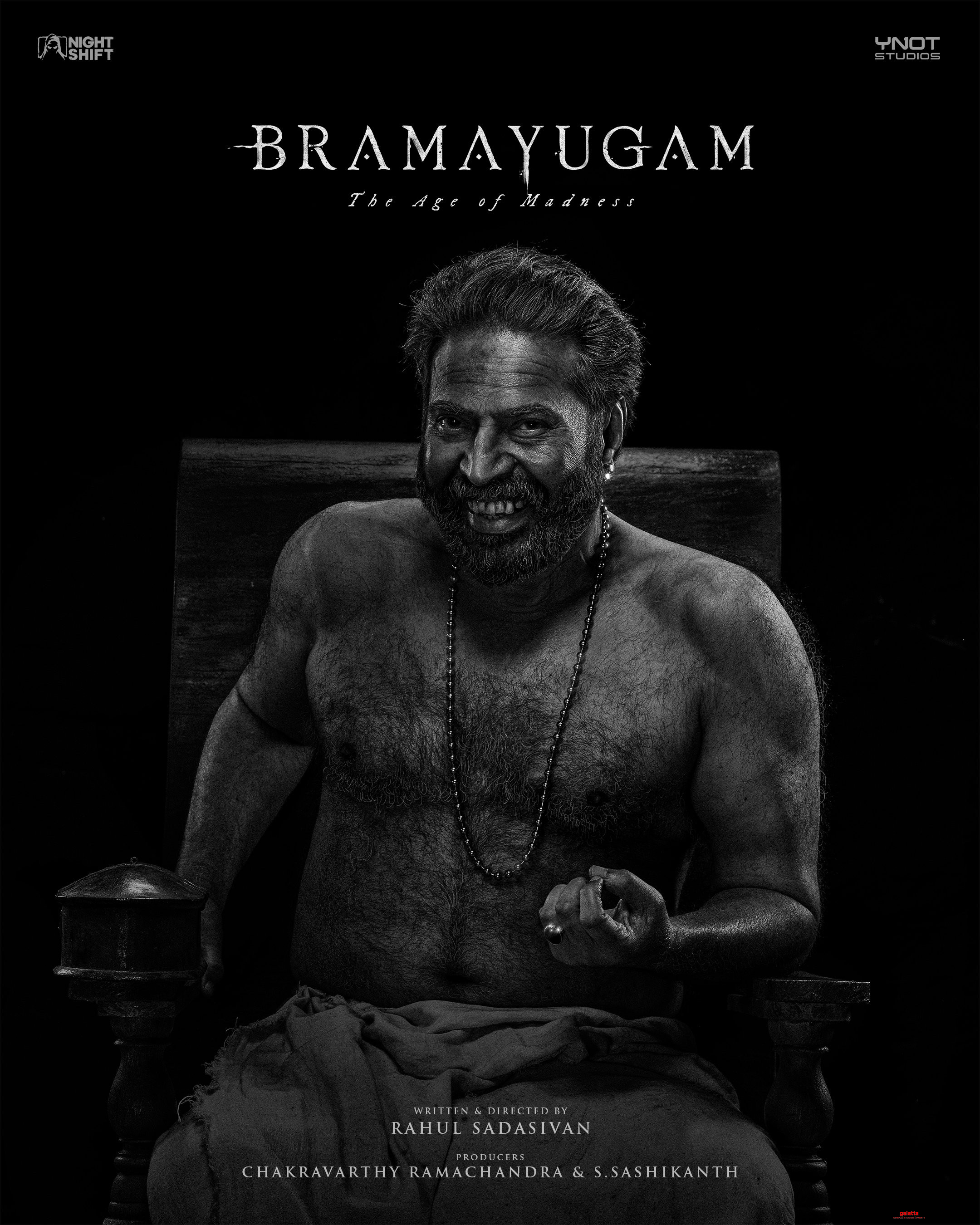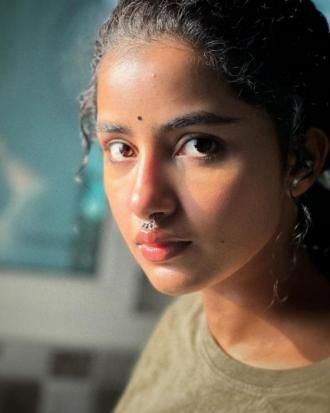Manjummel Boys Movie Cast & Crew
Based on a real-life incident, Chidambaram’s Manjummel Boys – set in 2006 – tells the story of a group of friends that went to the Guna caves, where the superhit Ilayaraja song, ‘Kanmani anbodu’ was shot. (Another snatch of a Kamal Haasan-Ilayaraja song, Annatha aadurar, plays en route, in Palani.) One of this group falls into a deep pit, and while the locals say the guy is a goner, the friends refuse to lose faith. They came as a group. They will leave as a group. This is, thus, as much a survival drama as the story of undying friendship. The film can be compared to that other smash-hit survival drama, 2018. It is written in very broad strokes. For instance, it is not enough that a man is trapped in a pit. We also get horror stories about local beliefs about the pit, nicknamed Devil’s Kitchen. These stories are necessary – but they are not narrated casually. They are shot in an ultra-dramatic manner that hammers home extra layers of the dangers involved. It’s not enough that the shell-shocked friends rush to a police station for help. There has to be a cop in there who brandishes a stick and threatens to file an FIR on them for killing their friend and trying to pass the act off as an accident. Sushin Shyam’s unabashedly big score – solo violin and all – underlines the bigness of the telling.
There are many individual moments that work. Soubin Shahir plays Kuttan, one of the oldest men in the group. As he descends into the jagged pit, we see how dangerous the fall must have been for the man who fell. There is an exquisitely poetic stretch that shows the friends as young boys playing hide-and-seek, which is the very “game” that will later be played out at the Guna cave. As the young boys play, the sunlit, bright-yellow frames of Manjummel transform to the chilly blues of Kodaikanal. The reason this stretch works so well is that it points to two things: one, the fact that someone is always getting into trouble and the others have to help him out, and two, we get a psychological portrait of a dream state. But when the second childhood flashback occurs, it’s redundant. It feels like the film is being padded out.
In other words, we get a lot of uneven writing – but the “high” moments deliver such a high that most people may not care about what doesn’t work. I didn’t care for the frequent cutaways to the larger rock formations and hills. While these images reinforce the bigness of Nature (and our smallness in comparison), and also reinforce how dangerous this setting is, we keep getting distanced from the claustrophobia of the cave-situation. The sentimental ending, too, goes on and on, much after the rescue, to hammer home the heroic nature of the hero. It is not enough that the man does a heroic deed – until the entire township acknowledges it and celebrates it. But the real heroes of the film are production designer Ajayan Chalissery and cinematographer Shyju Khalid. You don’t know where the sets end and where the real settings take over. And the visuals have just the balance of docu-drama and cinematic drama. If the idea was to convey the fact that “this really happened”, then mission accomplished.
The screenplay is always playing to the audience. It believes in big, very obvious set-ups – as opposed to the smaller, more invisible set-ups in, say, Premalu, that have unexpected payoffs, like the bit about the pepper spray. And these big set-ups in Manjummel Boys are calculated to make you anticipate the payoffs – as opposed to the payoffs taking us by surprise. A man sees a piece of news in a torn bit of a newspaper, and his face fills up with an expression that makes the audience go: “What on earth did he read in that bit of newspaper!” And the pay-off happens at the end. Another set-up involves a very pointed conversation about God, who is described as a “light from above”. And we get this very image – a light from above – as a payoff. Why not have a more rambling conversation amongst all the friends, a conversation that happens to include God – as opposed to a two-line exchange that is specifically about God as a set-up, and that too with the very person who is going to be reminded of God? That way, we’d get more interaction between this bunch, and we’d also get a set-up that’s more… disguised. And why sentimentalise the rescued man as a god, because he has come back from the dead? This is the kind of bad, gallery-pleasing melodrama you expect in Tamil cinema, not Malayalam.
But there’s no denying the mechanical efficiency of the end-result of this chain of set-ups and pay-offs. When the “light from above” moment happens, when that goosefleshy tug-of-war moment happens, when very specific lines from the Guna song play at the end of the ordeal (no spoiler there!), it works. It totally works. The rescue operation ends with an image that left me with tears. Soubin Shahir, as always, is marvellous – he has a way of embodying the ordinary with minimal fuss, even when his character is facing the most extraordinary situations. But the other actors don’t register much, because they are presented as a collective with a trait here, a trait there. For instance: at a wedding, Kuttan is the one who serves people their meals. He is the helper, while his friend won’t even serve water because he doesn’t want his clothes to get stained. Sreenath Bhasi plays the reckless one. We instantly know his fate.
Because of this pointed “one trait per person” writing, the interpersonal relationships don’t come across well, and I was reminded of Sudani from Nigeria, where the bromance elements were far more convincing, far more moving. I wondered if – for narrative clarity alone – the number of people in the group could have been reduced. Because at least half this group ends up contributing very little to the proceedings. The most moving portion involving this group is the subtext. These are very ordinary men in very ordinary jobs. They are house painters, cab drivers, assistants in optometrist shops – they are single, and these occasional trips are the highlights of their lives. The inclusion of the Guna song, is thus, a masterstroke. It’s not just that the song was shot in the location where most of this movie takes place. It’s also that the all-consuming, almost divine flavour of romance in the song applies to this all-consuming, almost divine bromance between these men.
That is why – despite its many flaws – Manjummel Boys works. I saw the film as a larger metaphor for the Malayalam film industry, whose movies have the longest “thank you card” stretches in Indian cinema. Unlike in other industries, where stars and technicians operate on their own, the people working in Malayalam cinema come across like a brotherhood, like their own version of “Manjummel Boys”. In this film alone, we see Khalid Rahman, the director of the gorgeous Anuraga Karikkin Vellam and Thallumaala, Unda and Love. He plays a supporting part, and his brother is this film’s cinematographer. The director of Driving License, Lal Jr., is another supporting actor here. The sense of camaraderie that exists in the Manjummel boys, that seems to exist in the industry, too. And that’s why – whether individual films work or not – the industry as a whole is thriving. That Guna song, perhaps, is an ode to this industry, which comes across as a fraternity in the truest sense of the word.


